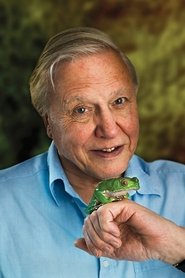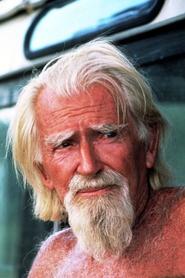
Elsa the Lioness(1961)
First transmitted in 1961, David Attenborough travels to Meru National Park in Kenya to visit Joy and George Adamson and meet Elsa the lioness and her cubs shortly before Elsa's death.

Movie: Elsa the Lioness
Top 3 Billed Cast
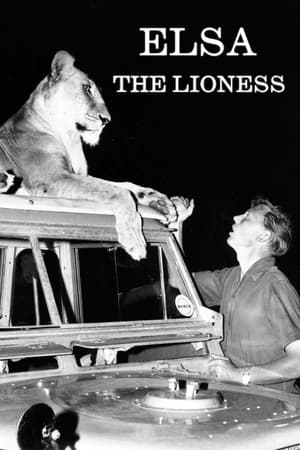
Elsa the Lioness
HomePage
Overview
First transmitted in 1961, David Attenborough travels to Meru National Park in Kenya to visit Joy and George Adamson and meet Elsa the lioness and her cubs shortly before Elsa's death.
Release Date
1961-02-03
Average
0
Rating:
0.0 startsTagline
Genres
Languages:
Keywords
Similar Movies
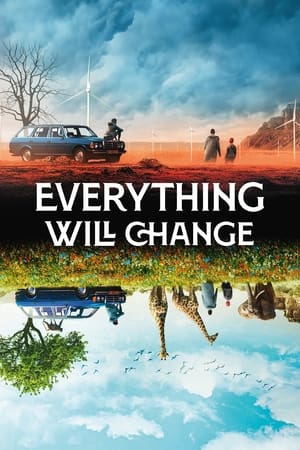 6.6
6.6Die 2050er - Everything will change(de)
In a dystopian 2054, three young rebels go on a journey to find traces of the long lost beauty of nature, hoping to discover what happened to their planet.
 0.0
0.0To the Devil... The Death of Hammer(en)
A short retrospective documentary looking at the making of the final Hammer Films production of the 1970s, "To the Devil a Daughter."
 0.0
0.0God-and-a-Half(pt)
A man wanders around an abandoned hospital. Years after their last encounter, someone whose life he saved seeks him out in his old office, so that together they can piece together a memory of their shared past.
 7.1
7.1Growing Up Wild(en)
Life is an adventure - especially for a newborn animal who has so much to learn. "Growing Up Wild" takes audiences to the wildest corners of the planet to tell the tales of five courageous animals as they tackle the very first challenges of their young lives. With a little guidance from sage family members, each must figure out how and where to find food, while learning to recognize the very real threat of danger. From their first steps of exploring their world to their final steps into independence, "Growing Up Wild" reveals the triumphs and setbacks of five young lives in which instinct, parental lessons, and trial & error ultimately define their destinies. Featuring the stunning imagery and iconic storytelling that makes Disneynature's big-screen adventures an inspiring movie-going experience, "Growing Up Wild", brings home a special look at how similar and different these young lives can be. - Written by (C) 2016 Disney Enterprises
The Bear Man(en)
A 45 minute account of the life of a humble logger, named Vince Shute, who made one decision that would ultimately affect the black bear and the attitudes that people have of this often misunderstood animal. This short film goes into great detail about the history of The American Bear Association and the formation of the Vince Shute Wildlife Sanctuary.
Artifact from the Future: The Making of 'THX 1138'(en)
The Making of feature for the George Lucas movie 'THX 1138'.
 0.0
0.0Identity Crisis: Bringing Possessor to Life(en)
The cast and crew talk about the core themes of the film and the seeds of the film.
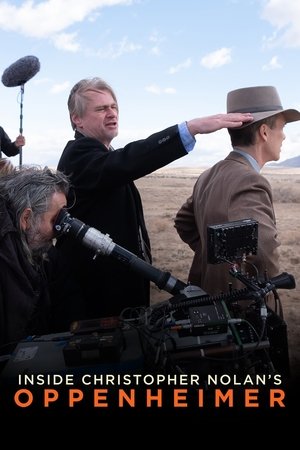 6.5
6.5Inside Christopher Nolan's Oppenheimer(en)
A look behind the scenes of Christopher Nolan's film "Oppenheimer" about an American scientist and his role in the development of the atomic bomb.
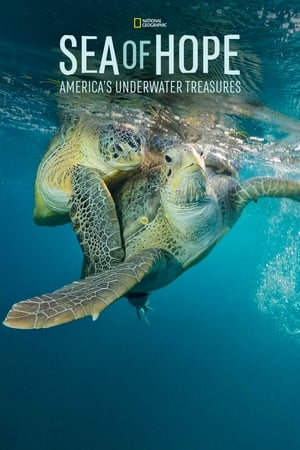 6.3
6.3Sea of Hope: America's Underwater Treasures(en)
Follow ocean legend Sylvia Earle, renowned underwater National Geographic photographer Brian Skerry, writer Max Kennedy and their crew of teenage aquanauts on a year-long quest to deploy science and photography to inspire President Obama to establish new Blue Parks to protect essential habitats across an unseen American Wilderness.
 8.7
8.7Going Nuts: Tales from the Squirrel World(de)
Squirrels are among the most widely known and recognized mammals. In many parts of the world they gladly join us for our lunches in city parks, amaze us with their acrobatics and entertain our children as cartoons on TV. Squirrels live in an extraordinarily diverse range of habitats. Some can fly, some can swim, some live in trees or underground, others love icy wastelands or burning hot deserts. But don’t let their cuteness fool you! They may be small, but squirrels are one of the most successful species on the planet. And they have big families. This blue-chip documentary explores some of the most fascinating squirrel species and shows how they became so successful dealing with extreme environments and curious (human) neighbors. 'Going Nuts' unveils the enchanting world of one of the “most watched” mammals on the planet.
White Fortress(en)
This short 1949 documentary studies the impact Canada's National Health Program has had on people who might otherwise not had been able to obtain medical help.
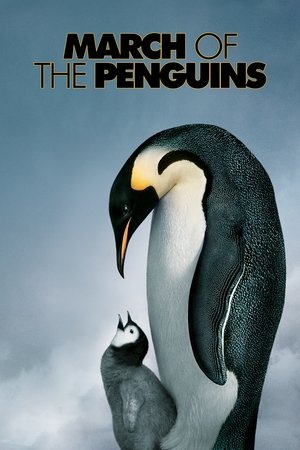 7.1
7.1March of the Penguins(fr)
Every year, thousands of Antarctica's emperor penguins make an astonishing journey to breed their young. They walk, marching day and night in single file 70 miles into the darkest, driest and coldest continent on Earth. This amazing, true-life tale is touched with humour and alive with thrills. Breathtaking photography captures the transcendent beauty and staggering drama of devoted parent penguins who, in the fierce polar winter, take turns guarding their egg and trekking to the ocean in search of food. Predators hunt them, storms lash them. But the safety of their adorable chicks makes it all worthwhile. So follow the leader... to adventure!!
Galapagos: My Fragile World(en)
A look at the life on the Galápagos Islands.
Play the Devil: Making Richard III(en)
Sir Ian McKellen and Richard Loncraine talking about making the film.
 6.7
6.7The 11th Hour(en)
A look at the state of the global environment including visionary and practical solutions for restoring the planet's ecosystems. Featuring ongoing dialogues of experts from all over the world, including former Soviet Prime Minister Mikhail Gorbachev, renowned scientist Stephen Hawking, former head of the CIA R. James Woolse
All Day Together(pl)
A documentary-comedy about insurmountable cross-cultural barriers
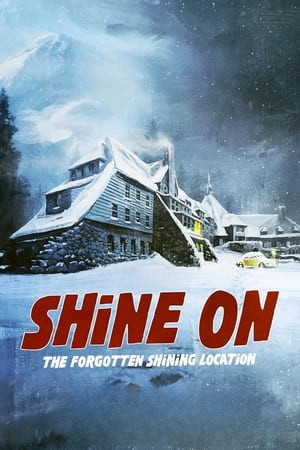 8.0
8.0Shine On: The Forgotten Shining Location(en)
Almost 50 years after the film’s release, all the Overlook Hotel’s sets are thought to have been destroyed, but one last filming site remains.
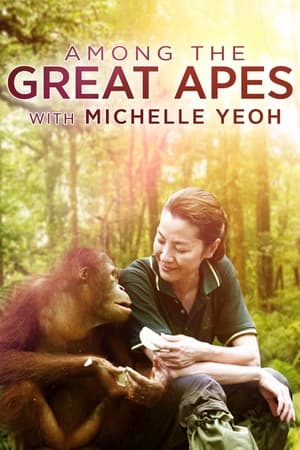 10.0
10.0Among the Great Apes with Michelle Yeoh(en)
Renowned actress Michelle Yeoh journeys home to Malaysia to get to know her adopted orangutan, learning from the Sepilok Rehabilitation Centre about the efforts being made to safeguard and sustain this endangered species.
 8.0
8.0Hummingbirds: Jewelled Messengers(en)
David Attenborough narrates this close up look at these tiny pollinators captured in flight as never before. Acrobats of the air - flying jewels - iridescent partners of countless plants: hummingbirds are amongst the most remarkable creatures on our planet.
